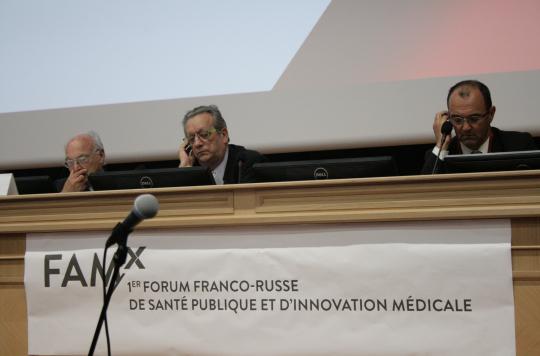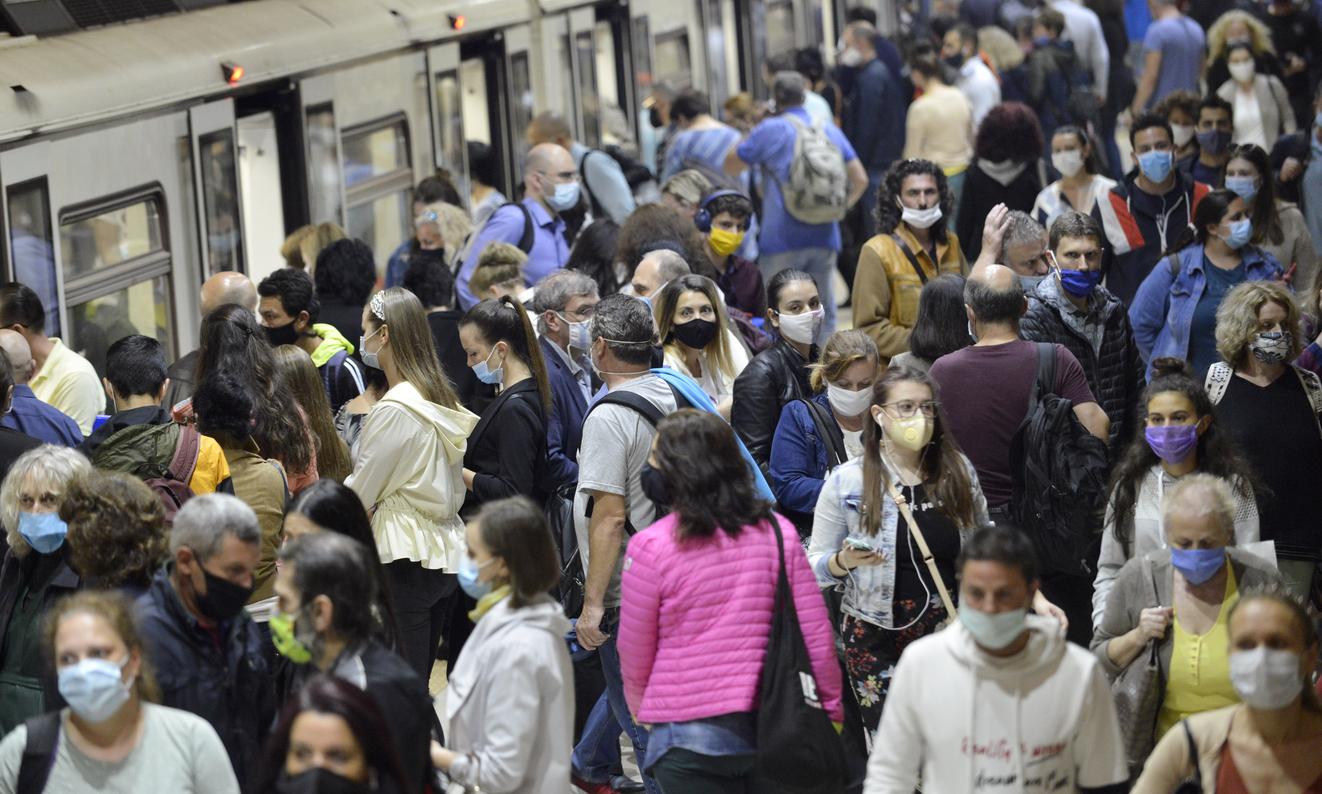Russia is not immune to type 2 diabetes and slightly exceeds the Western prevalence, with a constant annual increase.

That type 2 diabetes (T2DM) is increasing worldwide and is called an epidemic is no longer disputed. It remains to know the extent of its increase depending on the country. This data is essential for establishing appropriate public health plans. Figures are sorely lacking according to the article which has just appeared in Nature Reviews (see box).
The study Nation, carried out thanks to Franco-Russian cooperation and presented at the first Public Health and Medical Innovation Forum, organized by the Foundation of the Academy of Medicine, is of great interest. In Russia, 5.4% of the adult population has T2D, a prevalence slightly higher than that of France (5%).
6.5 million diabetics
The goal of Nation was to assess the prevalence of T2DM in almost the entire Russian territory, its distribution according to age, sex and obesity, as well as the difference in prevalence between urban and rural areas.
Data collection was done by questionnaire (family history, associated pathology, lifestyle, etc.) and measurement of glycated hemoglobin (HbA1c), which was preferred to fasting blood glucose which is more complex to achieve. .
For this first study, the scope of which is commensurate with the territory, 26,620 people were analyzed in 63 of the 85 regions of the country. The area of Russia is eight times larger than that of the United States for a population equivalent to that of France, Germany and Italy combined.
The results show that 5.4% of the population aged 20 to 79 suffer from T2DM (HbA1c > or = 6.5%), ie 6.5 million people. Russia thus finds itself in fifth position among the 10 countries most affected by this disease. Note that there are more diabetic women than men – the opposite of France – and that half of these diabetics are unaware of their disease. The proportion is higher in rural than urban areas. And the trend is increasing: in 10 years, there would be 2.2 million additional DT2.
The number of prediabetics is even more worrying: 19.3% of the population is affected (HbA1c between 5.7% and 6.5%).
And obesity too
Difficult to talk about diabetes without mentioning obesity. And here again the association is found, nearly 50% of obese people (BMI > 30) are diabetic.
The frequency of T2DM increases with age. However, the peak is not at 75 as in France, but at 70. This difference is due, among other things, to the life expectancy which is lower than that of France.

How to explain an epidemiological situation quite similar to that observed in Western countries? If the way of eating in Russia is getting closer and closer to that of Westerners, it is not enough to explain everything. For Professor Bernard Beauduceau, diabetologist, former head of service at the Bejin hospital in Saint-Mandé (Val de Marne), and participating in the forum, you have to go back… to the Stalinist period!
Indeed, the populations most apt to “put in reserve” thanks to their genes of savings, survived this period and a “natural” selection thus took place at the time of these great periods of famine. And despite more lenient living conditions today, this population has retained its genes and continues to store…
Professor Bernard Beauduceau, diabetologist: Russia was subjected to severe famines. There was probably a selection of populations. Those who survive have savings genes and are more likely to gain weight. »
On the treatment side, a figure challenges Pr Beauduceau: Russia with its 170 million inhabitants, of which 6.5 million are diabetics, only counts 900 endocrino-diabetologists… Access and the care pathway should not be very obvious in this territory
Specialists hope that a number of centers, such as the one which hosted the forum of the Foundation of the Academy of Medicine, will multiply in the country. This showcase of clinics and research in which the federal ministry has heavily invested, counts 10,000 hospitalizations and 100,000 consultations per year… But one of the patients encountered said that he had traveled 7 hours by plane for a check-up of a few days. With, of course, care covered entirely by the state which, in addition, pays 50% of the plane ticket!
An underestimated epidemic
The prevalence of diabetes in the world would be underestimated by 25%, which would increase the number of people with diabetes in the world to 520 million, according to an article published in Nature Reviews. The impact on public health is colossal since, currently, this condition mobilizes 12% of global health expenditure. This error is due to the different methods of evaluating glycaemia (HbA1c or fasting glycaemia) and to the calculation methods. It particularly affects developing countries, where few epidemiological studies have been conducted.
.















